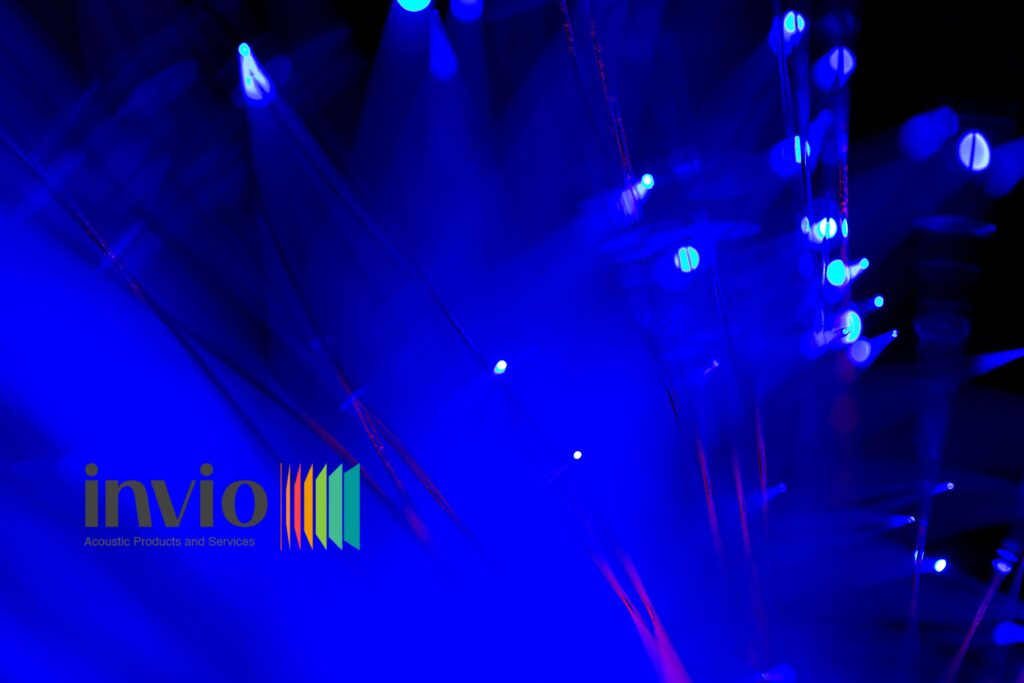|
| In recent years, acoustic lights have gained traction across various fields, including architecture, interior design, performance art, and sound engineering. This innovative technology merges visual aesthetics with sound absorption properties, providing a multifunctional solution that enhances the overall quality of spaces. |
| What Are Acoustic Lights? |
| Acoustic lights are specialized lighting fixtures designed to illuminate spaces while improving their acoustic performance. Featuring sound-absorbing materials such as fabric or foam, these fixtures help reduce noise levels and enhance sound quality in environments where clarity is crucial. Available in a variety of styles and designs, acoustic lights can be integrated into many different settings. |
| Key Uses of Acoustic Lights |
| 1. Enhancing Acoustic Comfort |
| One of the primary functions of acoustic lights is to improve the acoustic comfort of a space. In environments like offices, schools, and restaurants, excessive noise can significantly hinder productivity and communication. Acoustic lights absorb sound waves, minimizing echo and reducing background noise, creating a more pleasant atmosphere for everyone. |
| 2. Aesthetic Appeal |
| Acoustic lights come in diverse designs, colors, and shapes, allowing them to complement various interior styles. They serve as decorative elements in spaces such as lobbies, conference rooms, and event venues. By blending form and function, these fixtures not only enhance sound absorption but also elevate the visual appeal of the environment. |
| 3. Improving Concentration and Focus |
| In workspaces, high noise levels can disrupt concentration and focus. Acoustic lights help create quieter environments conducive to better concentration, leading to increased productivity. Incorporating these fixtures into office design fosters a more effective and efficient workspace. |
| 4. Creating a Relaxing Environment |
| In settings like spas, wellness centers, and residential spaces, acoustic lights contribute to a calming atmosphere. The combination of soft lighting and sound absorption creates a serene environment, allowing individuals to relax and unwind. This makes acoustic lights an excellent choice for places that prioritize peace and tranquility. |
| 5. Supporting Performance Arts |
| In theaters, concert halls, and galleries, sound quality is paramount. Acoustic lights can be strategically placed to enhance the acoustic properties of these spaces, enabling performers to deliver their best work without the distraction of echoes or background noise. This technology ensures that both visual and auditory experiences are optimized. |
| Benefits of Acoustic Lights |
| 1. Versatility |
| 2. Energy Efficiency |
| Many acoustic light fixtures utilize energy-efficient LED technology, providing effective illumination while consuming less energy. This not only helps reduce electricity costs but also aligns with sustainability goals in building design. |
| 3. Improved Well-Being |
| By reducing noise pollution, acoustic lighting contributes to improved well-being. Research has shown that lower noise levels can decrease stress and enhance overall health, making acoustic lights a valuable addition to any environment. |
| 4. Customization |
| Acoustic lights can often be tailored to fit specific requirements, including size, shape, and color. This customization allows businesses and homeowners to adapt the lighting to their unique aesthetic and functional needs. |
| Acoustic lights represent a harmonious blend of design and functionality. By addressing both visual and acoustic challenges in various environments, these innovative fixtures enhance the quality of life for their users. Whether in an office, a restaurant, or a performance venue, acoustic lights are poised to make a significant impact on how we experience our surroundings. |


